4.5 inch Cutting Disc Stainless Steel Abrasive Wheel Manufacturer


The production workshop of flap discs
Area Division
Raw Material Storage Area: It is used to store various raw materials for the production of flap discs and flap wheels, such as abrasives, fiber meshes, binders, central shafts, etc. These raw materials need to be stored in categories to avoid moisture and contamination, so as to ensure the stability of their properties.
Production and Processing Area: It is the core area of the workshop, equipped with various production equipment, such as mixing equipment, coating equipment, forming equipment, curing equipment, etc. Here, through a series of processing procedures, the raw materials are gradually transformed into flap discs and flap wheels.
Quality Inspection Area: It is equipped with various inspection equipment and tools, such as hardness testers, balance testers, appearance inspection equipment, etc., which are used to conduct quality inspections on the produced flap discs and flap wheels to ensure that the products meet relevant standards and customer requirements.
Finished Product Storage Area: It is used to store the qualified flap discs and flap wheels. The products are usually stored in categories according to specifications and models for easy management and delivery.
Production Equipment
Mixing Equipment: It is used to mix abrasives, binders and other raw materials in a certain proportion to ensure that the materials are uniformly mixed, providing raw materials with stable quality for subsequent production processes.
Coating Equipment: The mixed materials are evenly coated on the fiber mesh or other base materials to form a coating with a certain thickness and performance, which is one of the key processes to determine the grinding performance of flap discs and flap wheels.
Forming Equipment: Through mechanical pressure or other forming processes, the fiber mesh coated with materials is wound or pressed into the shape of flap discs and flap wheels, and components such as central shafts are installed to give them a specific structure and size.
Curing Equipment: The formed flap discs and flap wheels are subjected to heating or other curing treatments to cure the binder, improve the strength and wear resistance of the products, and ensure that the products can maintain stable performance during use.
Cutting Equipment: It is used to cut large fiber meshes or raw materials into the appropriate size and shape for the production of flap discs and flap wheels, ensuring the utilization rate of raw materials and the consistency of products.
Packaging Equipment: It is used to package the qualified finished products. Common packaging forms include plastic bag packaging, carton packaging, etc. The packaging equipment can realize automatic or semi-automatic packaging operations, improving the packaging efficiency and quality.
Production Process
Raw Material Preparation: According to the product formula, accurately weigh various raw materials, including abrasives of different particle sizes, binders, fiber meshes, etc., and carry out pretreatment, such as screening of abrasives and cutting of fiber meshes.
Mixing and Coating: Add the weighed raw materials into the mixing equipment and stir and mix them evenly. Then, use the coating equipment to evenly coat the mixed materials on the fiber mesh, and control the coating thickness and uniformity.
Forming and Curing: The fiber mesh coated with materials is wound or pressed into the shape of flap discs or flap wheels through the forming equipment, and components such as central shafts are installed. The formed products are put into the curing equipment for curing treatment. According to the characteristics of the binder, select the appropriate curing temperature and time to ensure that the products reach the required strength and performance.
Quality Inspection: The cured products enter the quality inspection area for a comprehensive quality inspection. It includes appearance inspection to check for defects such as lack of materials, air bubbles, and cracks; hardness test to detect whether the hardness of the products meets the standard; balance test to ensure that the flap discs and flap wheels remain balanced during high-speed rotation and avoid vibration and other problems during use.
Packaging and Warehousing: The qualified products after inspection are packaged, and the packaged finished products are stored in categories according to specifications and models in the finished product storage area, waiting for delivery. For unqualified products, rework or scrap them according to the defect situation.
Environment and Safety
Dust Control: During the production process, a certain amount of abrasive dust will be generated. In order to ensure the health of workers and the safety of the workshop, the workshop is usually equipped with high-efficiency dust removal equipment, such as bag dust collectors, cyclone dust collectors, etc. The dust is collected through dust suction hoods, ventilation pipes, etc., and purified to reduce the flying and emission of dust in the workshop.
Ventilation and Air Exchange: A good ventilation system is crucial for maintaining fresh air in the workshop.

-
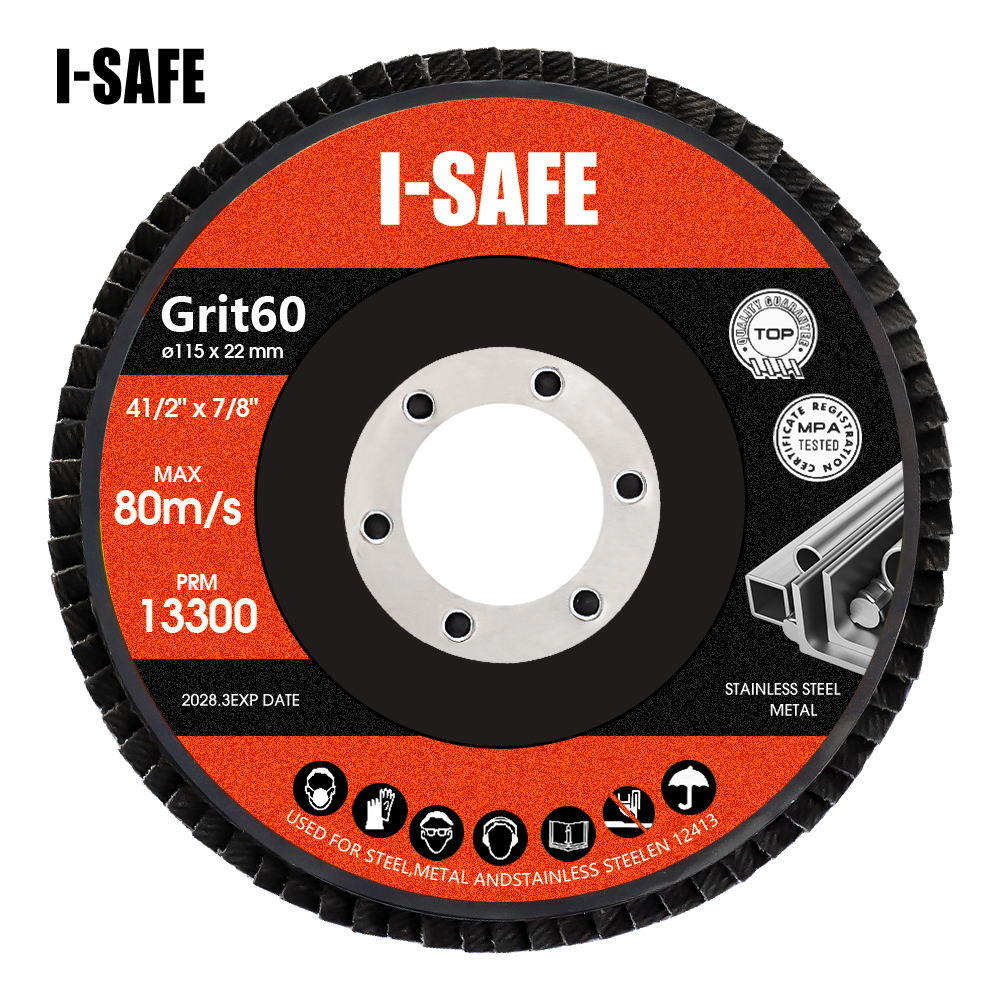 Cutting Disc Durable Alumina For Metal And Fiberglass Backed
Cutting Disc Durable Alumina For Metal And Fiberglass Backed -
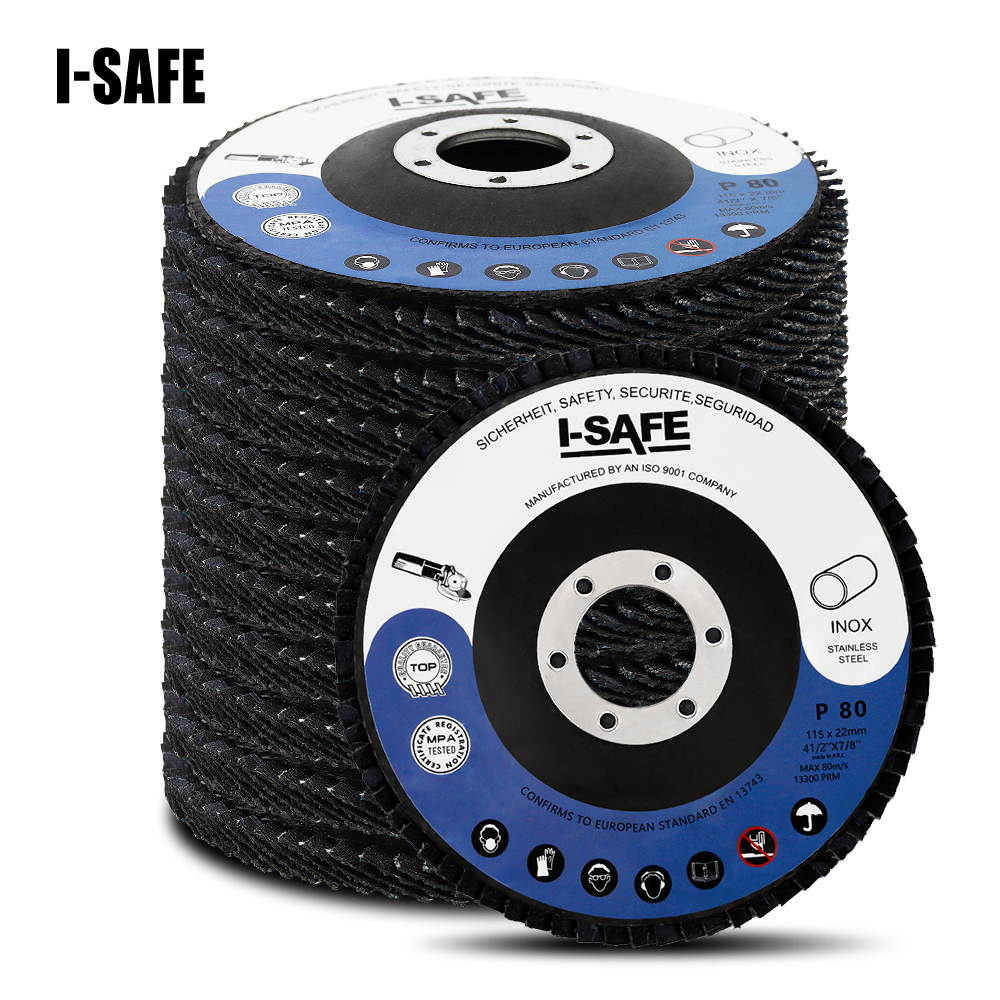 High Quality T27 Zirconia Abrasive Flap Disc for Stainless Steel
High Quality T27 Zirconia Abrasive Flap Disc for Stainless Steel -
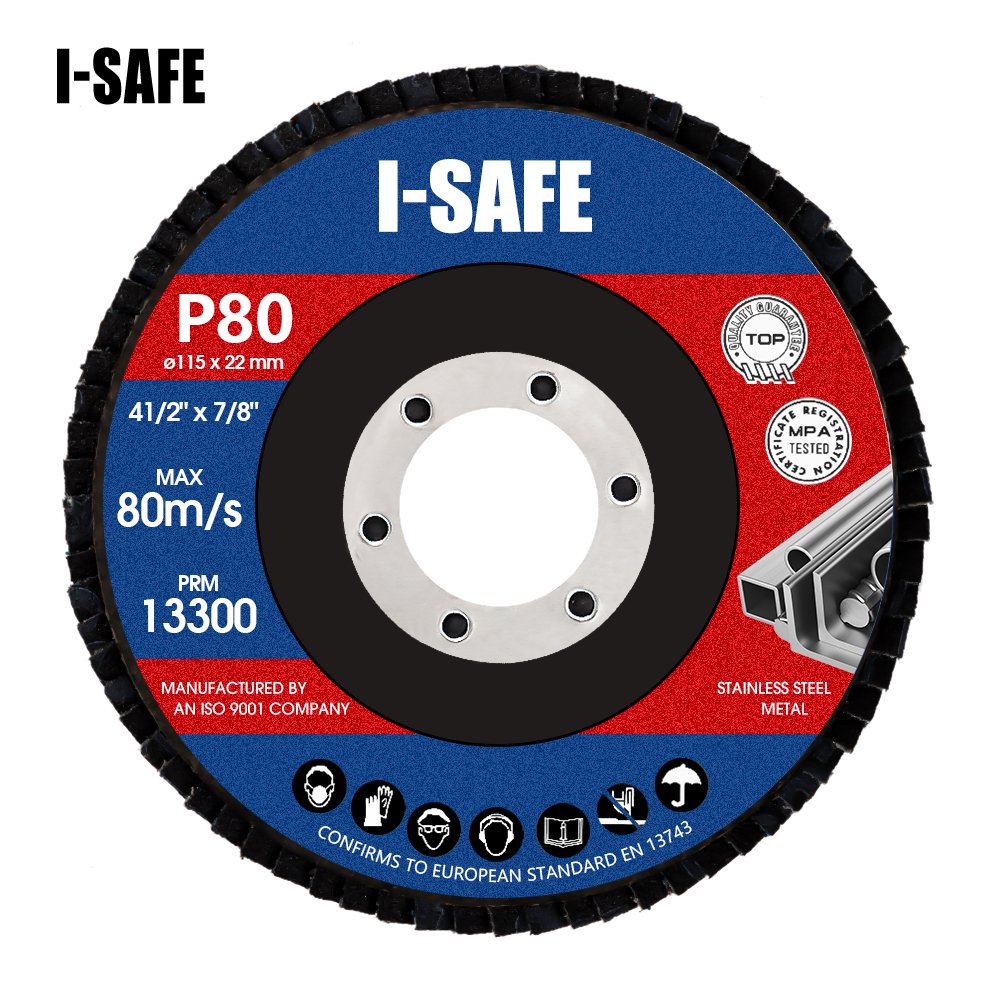 4 1/2 Inch ALuminum Oxide Flap Disc Grit 80 Supplier
4 1/2 Inch ALuminum Oxide Flap Disc Grit 80 Supplier -
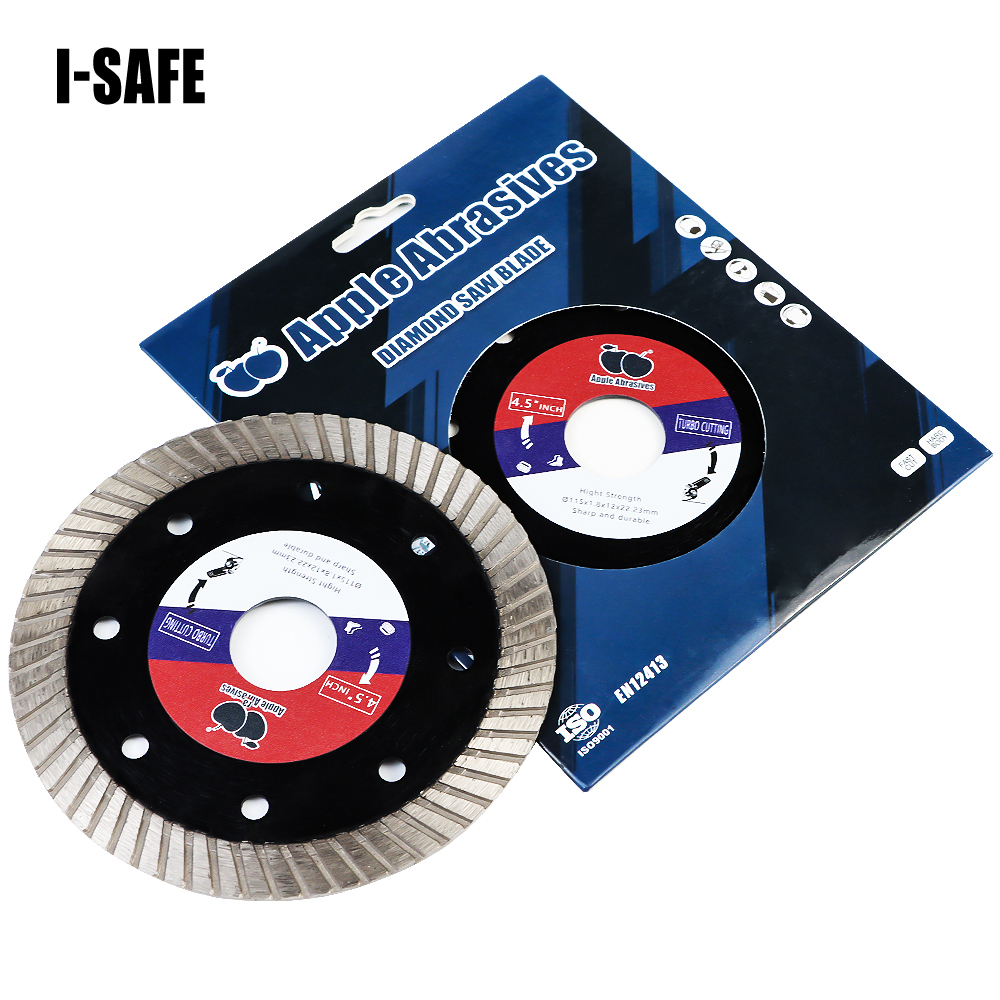 4.5 inch Cutting Disc Stainless Steel Abrasive Wheel Manufacturer
4.5 inch Cutting Disc Stainless Steel Abrasive Wheel Manufacturer -
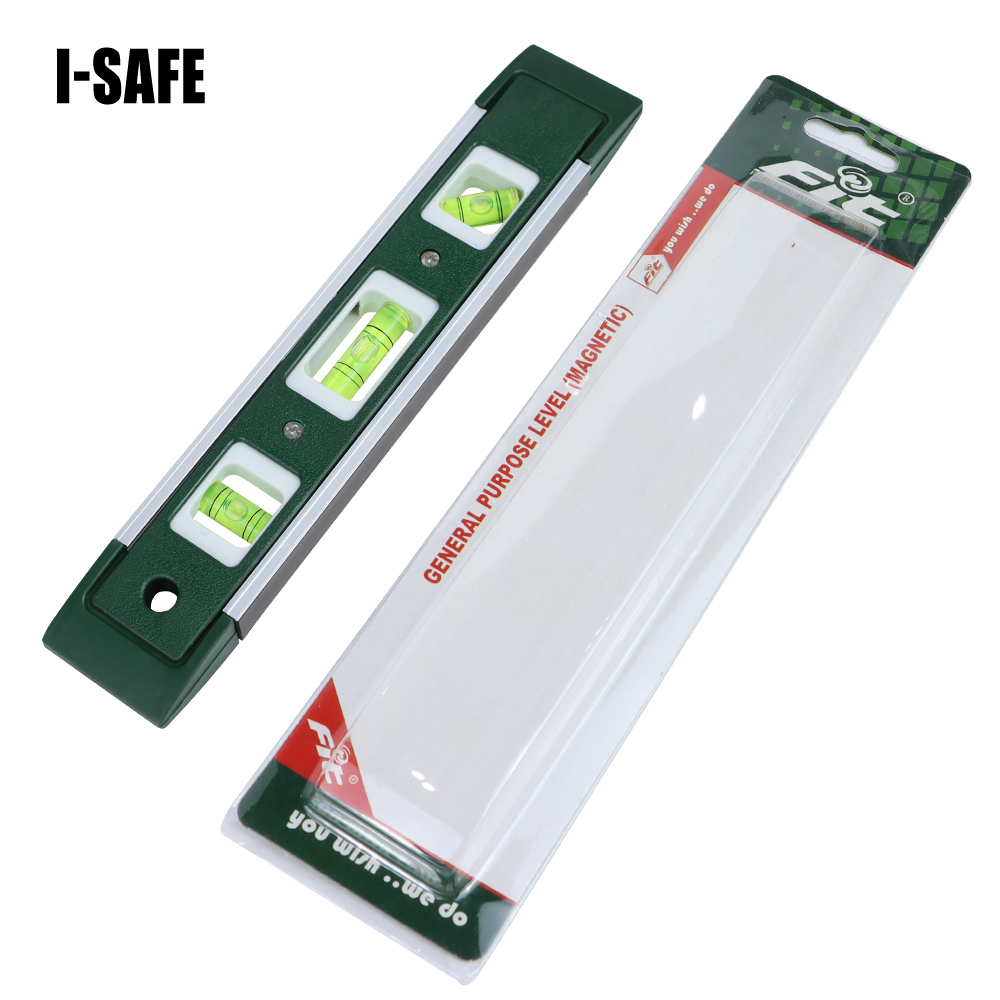 Spirit Level Aluminum Alloy Spirit Ruler Measuring Hand Tools
Spirit Level Aluminum Alloy Spirit Ruler Measuring Hand Tools -
 Light Weight Bubble Spirit Level 30/60/80/1000cm Hardware Tools for Construction
Light Weight Bubble Spirit Level 30/60/80/1000cm Hardware Tools for Construction
-
 Industrial Grade DIY Scraper Stainless Steel Blade and Rubber Handle Construction Tool
Industrial Grade DIY Scraper Stainless Steel Blade and Rubber Handle Construction Tool -
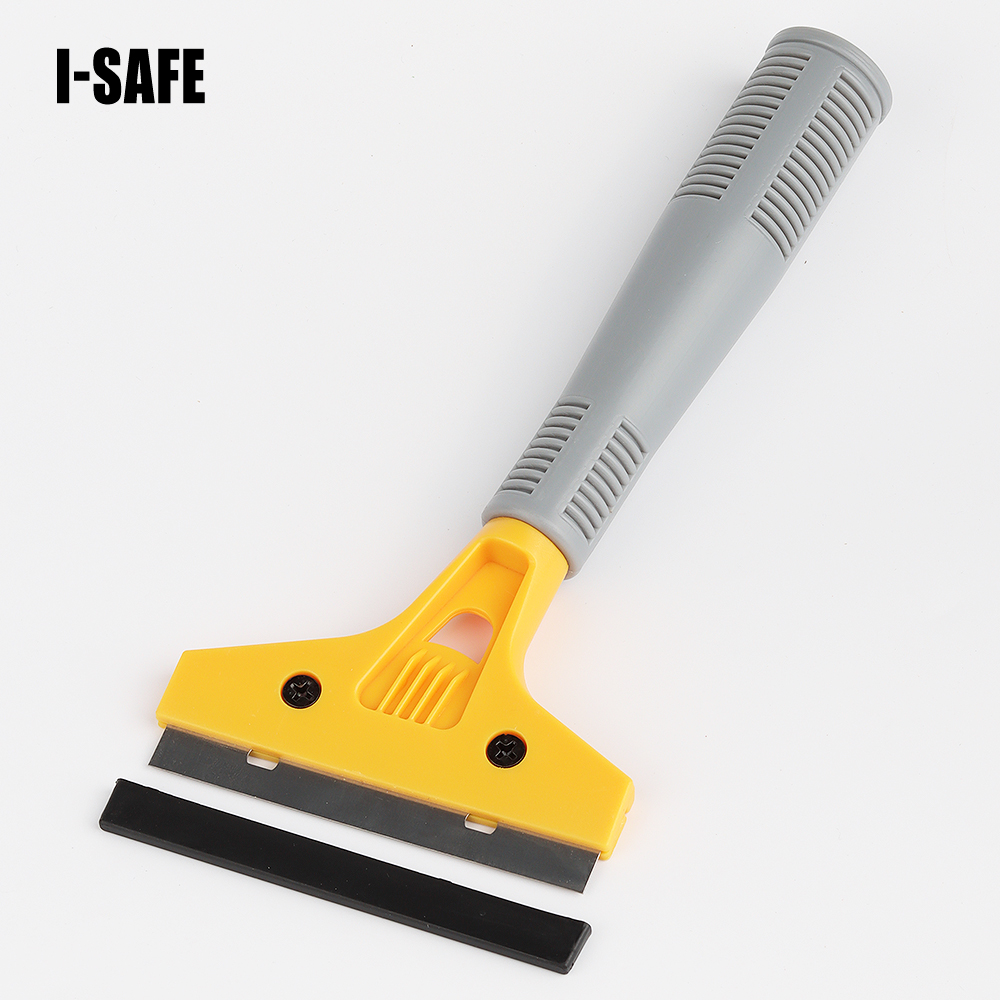 Stainless Steel Household Handheld Spade Floor Scrapers Standard Glass Window Plastic Cleaning Tools
Stainless Steel Household Handheld Spade Floor Scrapers Standard Glass Window Plastic Cleaning Tools -
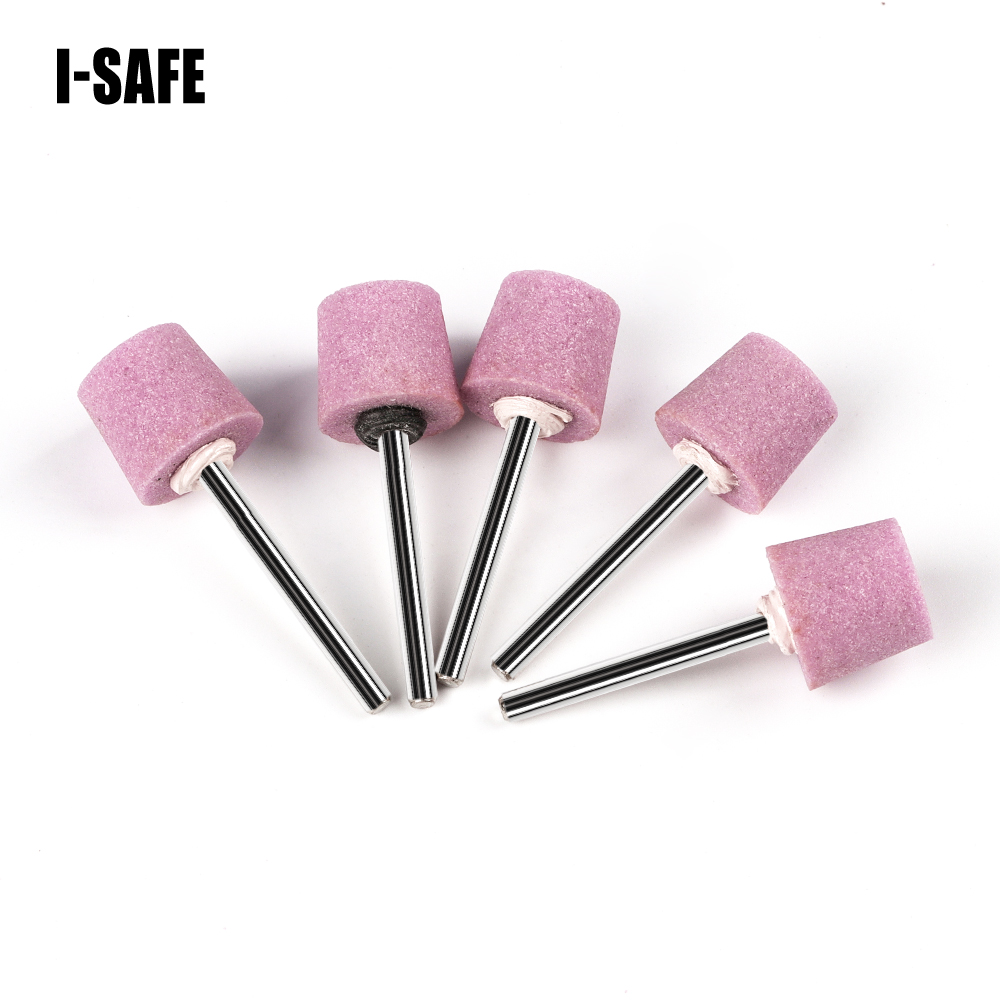 Mounted Point Abrasive Polishing Abrasive pink Aluminum Oxide Mounted Stone Grinding Head
Mounted Point Abrasive Polishing Abrasive pink Aluminum Oxide Mounted Stone Grinding Head -
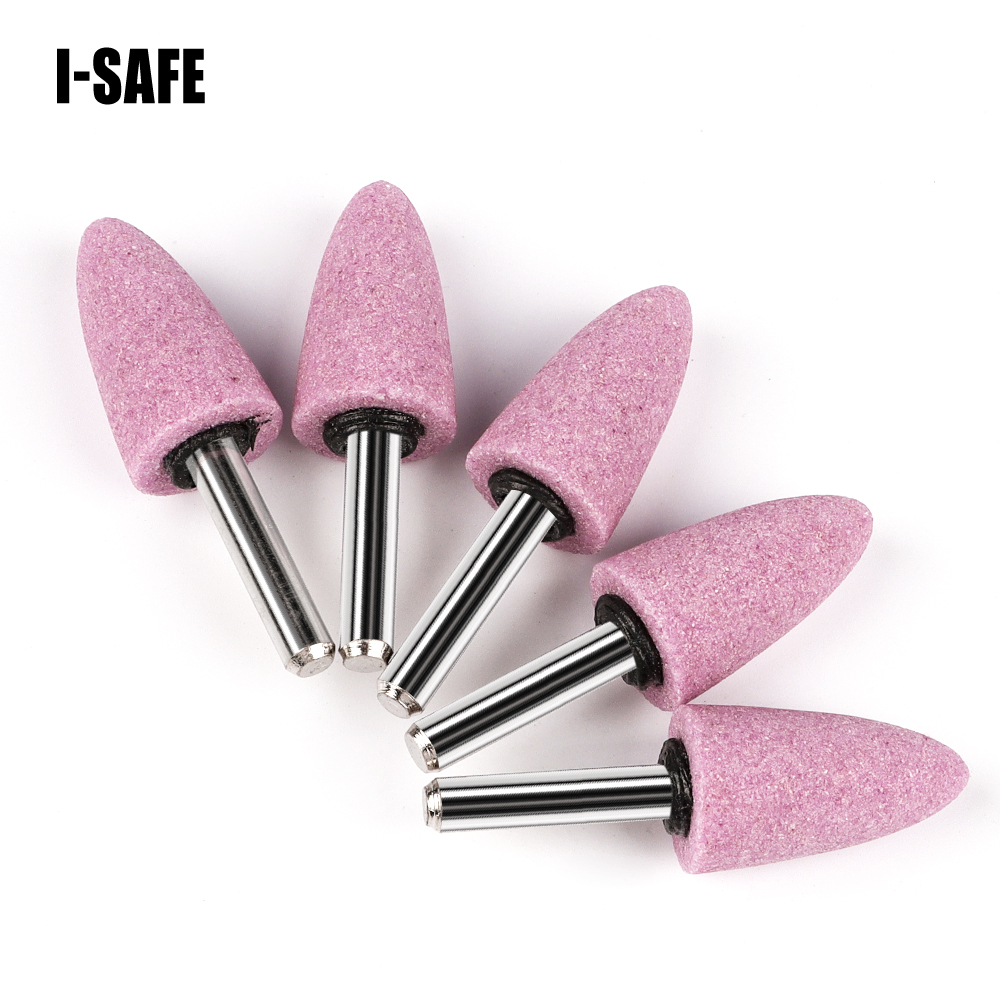 Abrasive Mounted Stone Grinding Wheel Head Mounted Grinding Point Stone Heads
Abrasive Mounted Stone Grinding Wheel Head Mounted Grinding Point Stone Heads
